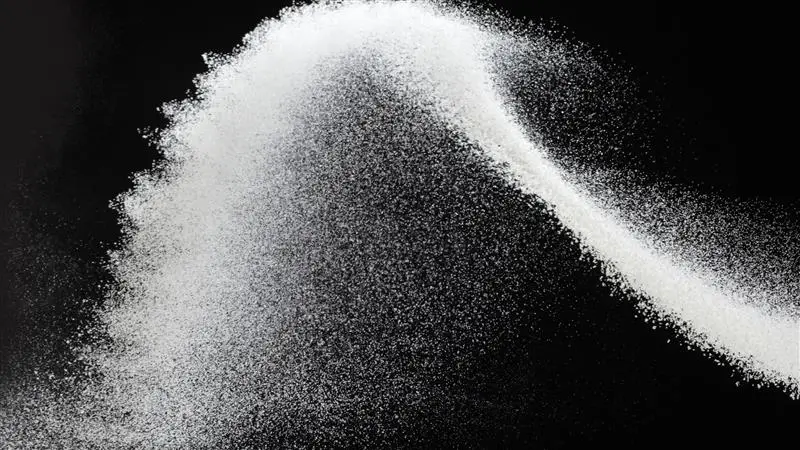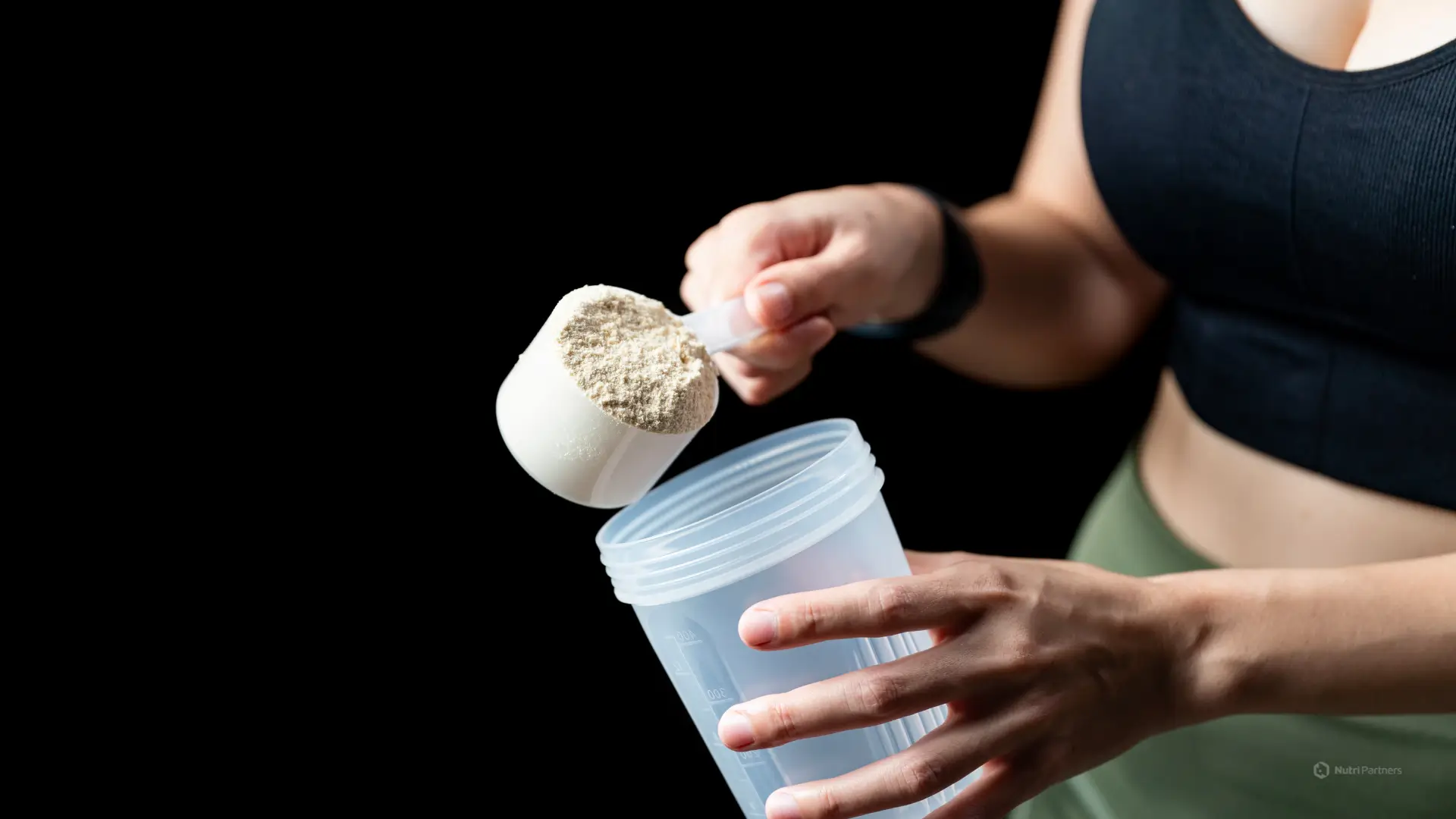The debate over glucosamine HCL vs. sulfate is a long-standing one in the joint health category. For decades, formulators and brands have weighed the research, cost, and functionality of these two primary forms. Today, this decision is more complex than ever, with a new, critical factor entering the equation: the source of the raw material.
This article is not another academic debate. It’s a pragmatic analysis for product developers, breaking down the key technical and commercial differences to help you make the right strategic choice for your brand.
The core chemical difference: purity and payload
The fundamental distinction lies in the salt form used to stabilize the glucosamine molecule.
- Glucosamine Sulfate: Is glucosamine bonded to a sulfate salt. Crucially, this form is unstable on its own and requires a second stabilizer salt, typically potassium chloride (KCl) or sodium chloride (NaCl).
- Glucosamine HCL: Is glucosamine bonded to a hydrochloride (HCL) salt, which is stable and does not require an additional stabilizer.
This directly impacts the purity, or the amount of “active” glucosamine per gram. Because glucosamine sulfate contains two salts, it has a lower glucosamine payload.
| Feature | Glucosamine HCL | Glucosamine Sulfate (with KCl) |
|---|---|---|
| Purity (Glucosamine Base) | ~83-88% | ~59-65% |
| Implication for Formulation | Smaller tablet/capsule size for the same dose | Requires more material for the same dose |
The source revolution: the rise of vegan, shellfish-free glucosamine
Traditionally, glucosamine was derived from the chitin in shellfish shells, making it a major allergen concern. The market has shifted dramatically with the advent of high-purity, vegan glucosamine produced through the fermentation of corn.
This is a critical point in the glucosamine HCL vs. sulfate debate, because virtually all vegan glucosamine on the market is in the HCL form. Therefore, the decision to use a “clean,” allergen-free source is intrinsically linked to the decision to use the HCL form. This allows brands to make powerful “Vegan” and “Shellfish-Free” claims, opening up the product to a much wider consumer base.
A note on the scientific evidence
Historically, glucosamine sulfate has been the subject of more clinical research. However, most modern scientific consensus, as summarized in reviews like those in Rheumatology International, suggests that the “glucosamine” moiety itself is the active component. The salt form is primarily a delivery vehicle, and there is little conclusive evidence to suggest one form is therapeutically superior to the other when dosed correctly based on the active glucosamine content.
The final strategic choice for formulators
The choice is not just about chemistry; it’s about brand positioning.
Choose Glucosamine Sulfate for:
- Legacy Formulations: For brands that have built their reputation on the historical body of research surrounding the sulfate form.
- Cost-Sensitive Projects: When the primary driver is the lowest possible cost per kilo, and allergen claims are not a priority.
Choose Glucosamine HCL for:
- “Clean Label” and Vegan Products: This is the non-negotiable choice for any brand targeting the modern, health-conscious consumer who avoids allergens or follows a plant-based lifestyle.
- High-Potency or Combination Formulas: Its higher purity allows for smaller, more consumer-friendly tablets and capsules, leaving more room for other active ingredients like MSM or Chondroitin.
- A Modern, Technologically-Advanced Story: It positions a brand as being forward-thinking and responsive to modern consumer needs.
At Nutri Partners, we believe in providing ingredients that solve modern challenges. We supply high-purity, vegan Glucosamine HCL because we understand its power in creating clean, effective, and marketable products. The choice between glucosamine HCL vs. sulfate is a clear one for brands looking to the future.





